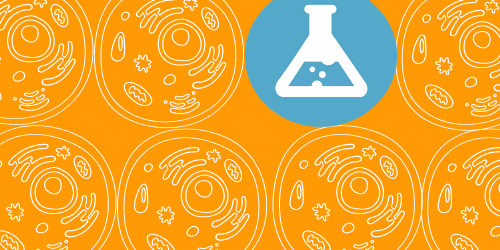Flow Cytometry
Related articles
Secondary antibodies resources
Alexa Fluor secondary antibodies
Biotinylated secondary antibodies
Enhancing Detection of Low-Abundance Proteins
9 tips for detecting phosphorylation events using a Western Blot
Western Blotting with Tissue Lysates
Immunohistochemistry introduction
Immunohistochemistry and Immunocytochemistry
Immunohistochemistry troubleshooter
Chromogenic and Fluorescent detection
Preparing paraffin-embedded and frozen samples for Immunohistochemistry

Getting started with Flow Cytometry
Flow Cytometry (FC) is a technique which uses a laser to detect the presence and quantify the physical and chemical characteristics of a particular protein within a mixture of cells. The process has been carried out for decades, with the first impedance-based flow cytometry device being documented in 1953 by W.H Coulter.
Since then the instrument has undergone continuous development with numerous companies creating their own versions of the process, and has multiple uses, such as cell counting, cell sorting, cell characterisation, as a way of identifying biomarkers, detecting microorganisms in research and diagnostic processes.
The pages in this resources section of the website are intended as a guide for those carrying out Flow Cytometry with antibodies from our catalogue. While we expect that your own experimental needs may vary, we hope these tools will enable you to get a firm footing on the process and provide additional support and tips for practical techniques.
Our pages cover the following:
The Flow Cytometer - how it works, setup and design
When to use Flow Cytometry
Fluorescent markers used in Flow Cytometry
Optimisation measures in Flow Cytometry
Isotype controls
Isoclonic controls
Flow Cytometry gating
The use of multicolour panels



